Automobiles use high-strength steel, which can reduce the thickness of the plate due to its higher strength, making the automobile structure lighter. At the same time, the car’s dent resistance, durability and large deformation impact strength are improved, and the cost is lower than that of light metals. The advantages of high-strength steel make it rapidly developed and widely used in the automotive industry, which helps to achieve the unity of automotive lightweight and safety. However, the forming range of high-strength steel is narrow, and the forming process encounters more difficult problems than traditional steel.

Therefore, advanced processing methods must be adopted according to the characteristics of high-strength steel. The forming technology of high-strength steel mainly includes cold stamping, hot forming, hydroforming and so on.
1. Cold stamping technology
The cold stamping forming technology of high-strength steel is similar to that of traditional steel cold stamping, but the forming range of high-strength steel is limited, and it is prone to springback after forming, and its springback is much larger than that of ordinary low-carbon steel stamping parts. The prediction and control of the steel have brought great difficulties. At the same time, high-strength steel faces problems such as wrinkling and cracking of the formed parts during application. These problems all lead to poor dimensional and shape accuracy of high-strength steel during forming. Japan’s NKK Co., Ltd. developed a new steel plate easy stamping technology to solve the problem of cracking in the high-strength steel plate stamping process. This technology creates a gap of tens of microns between the steel plate and the die by injecting lubricating oil from the opening on the die. Therefore, the problem of steel plate cracking in the stamping process is prevented, and this method can be realized with a slight modification on the ordinary stamping machine.
2. Hot stamping technology
When the steel strength exceeds 1000 MPa, some parts with complex shapes are difficult to be formed by the conventional cold stamping process; even if the cold stamping process can be used, there are problems such as high punching force, easy cracking of the formed part, large springback, etc., so hot forming Technology came into being. The hot stamping forming technology is to heat the boron steel plate (initial strength of 500-600MPa) to austenitized state, and quickly transfer it to the mold for high-speed stamping. Under the condition of ensuring a certain pressure, the part is larger than the mold body. The cooling rate of 27℃/s is quenched, and the pressure-holding quenching is performed for a period of time. At the same time, the parts are formed with uniform martensite structure. High-strength steel hot stamping technology divides forming and strengthening into two steps to solve the contradiction between high-strength steel strength and plasticity. Its main advantages are: small deformation resistance, good plasticity, high forming limit, good stamping formability; easy control of springback, high precision of the formed parts; reduced tonnage requirements of the punching machine; low forming resistance of steel, low unit pressure of the die; forming parts Short production cycle, etc. However, hot stamping technology also has some shortcomings, such as large equipment investment, complex mold design and processing, and high maintenance and maintenance costs.
3. Hydroforming technology
Hydroforming technology is a plastic processing technology that relies on high-pressure liquid (water or oil) as a force transmission medium to form a workpiece. In the process of hydroforming, the sheet is formed into a convex or concave die by the pressure of a force-transmitting medium, which is a flexible processing technology. The hydroformed parts are mainly pipes, plates and shells. The required medium pressure is generally above 400MPa. The main advantages of using hydroforming technology are: it can form a hollow component that changes along the axis and cross-section of the component at one time; the cost of the mold is reduced; the precision of the formed part is improved, and the springback is also reduced; It is replaced by a single part, and the rigidity of the car body is increased at the same time, which is conducive to reducing the quality.
If you are looking for dependable volume manufacturing metal parts supplier with High pressure die casting service who offers you competitive price, good service and quality for aluminium die casting, zinc, or magnesium die casting, then BE-CU Prototype are surely a partner you are looking for to fulfill all your die casting needs. With quality service and state of art technology, BE-CU indeed claim in providing quality pressure die casting including aluminum/zamak/magnesium alloy castings to our customers all over the world. To work with us,be-cu don’t just stop at taking your order and delivering your die casting products. be-cu are there for you at every step right from your preferred selection of aluminum die casting, Zamak die casting (Zamak 2, Zamak 3, Zamak 5, Zamak 8) or magnesium die casting products and services to post-order phase. In brief, once you become our customer, be-cu are with you every step on the way. The Detail Of BE-CU Die Casting Company

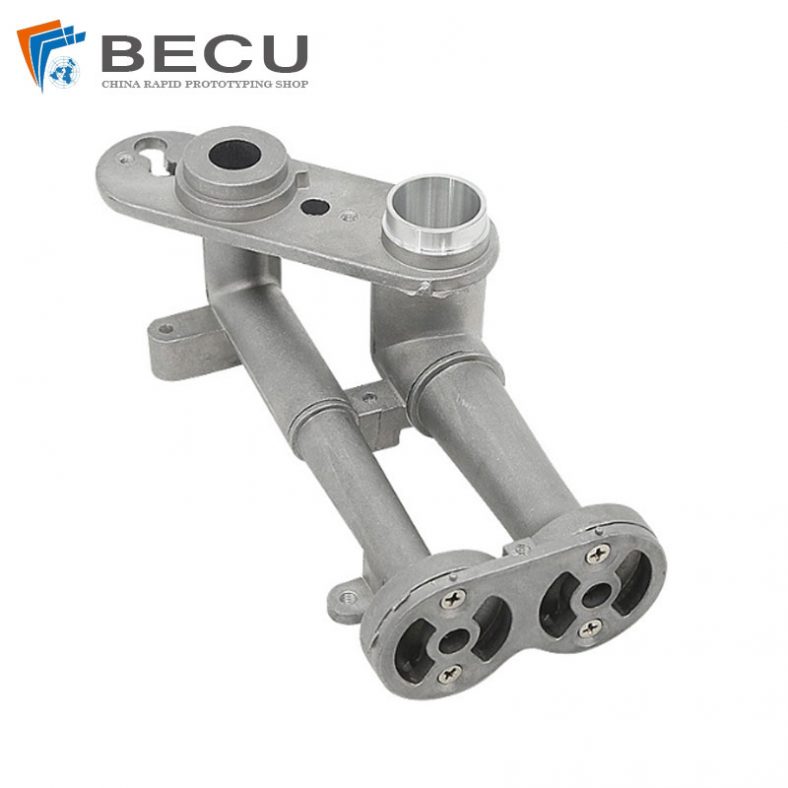
CNC Machining Gas Stove Bottom Joint

Gravity Die Casting Custom Street Light Heat Sink
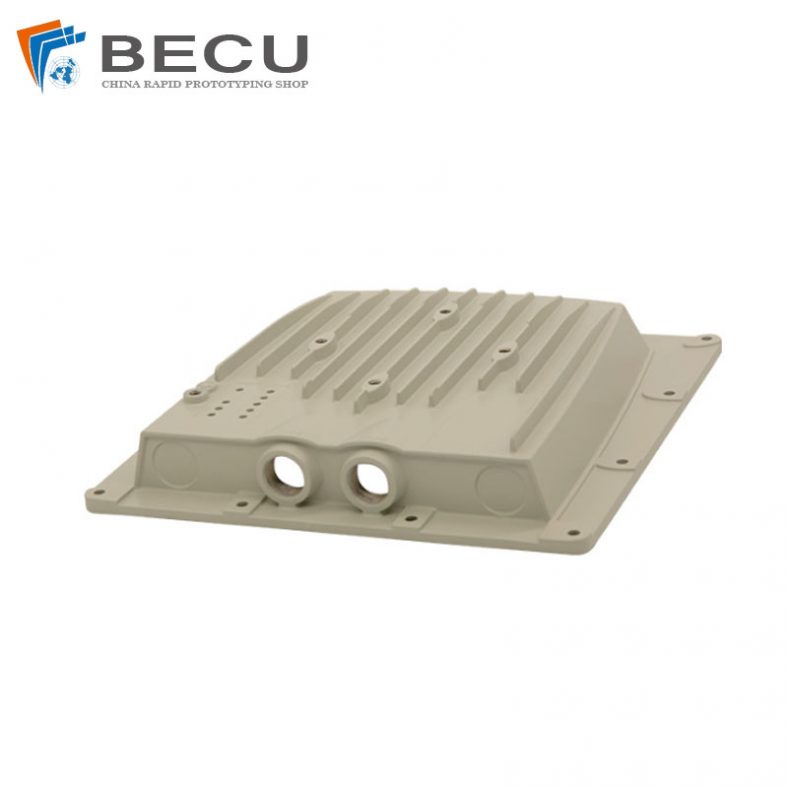
Die Casting LED Canopy Lights Heatsink For Gas Station
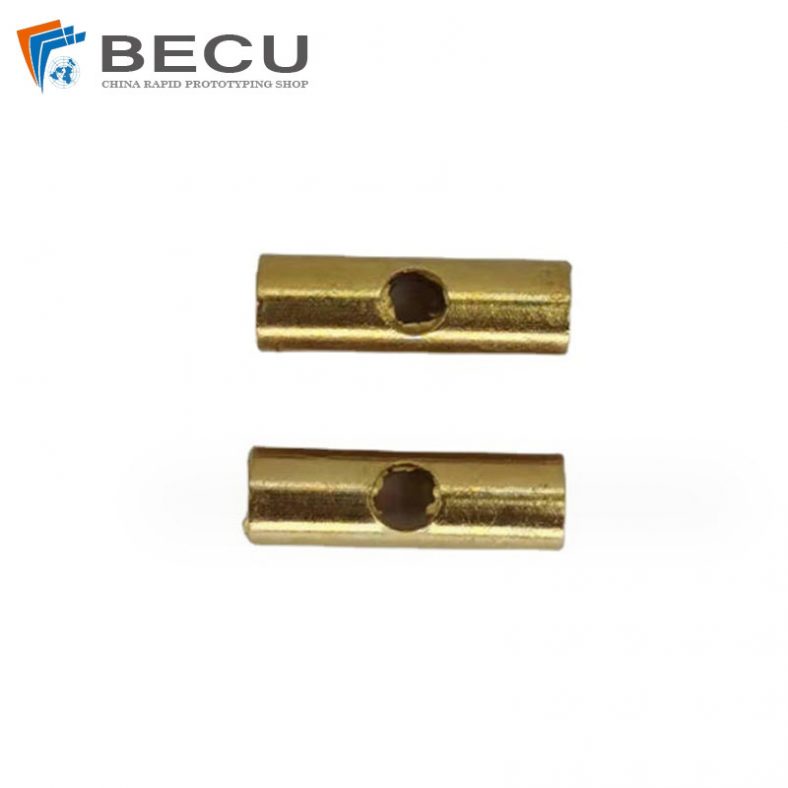
Zinc Die Casting PA10 Transformer Connector Terminal
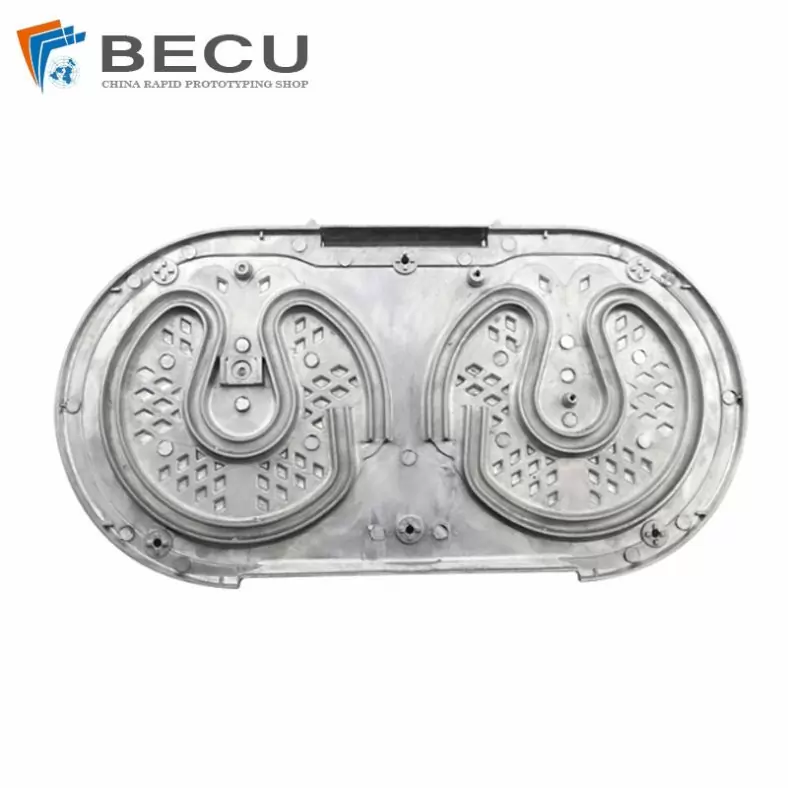
Die Casting Aluminium Cookware Chassis

Die Casting Wheels With Aluminum Alloy 5 Axis CNC Machining
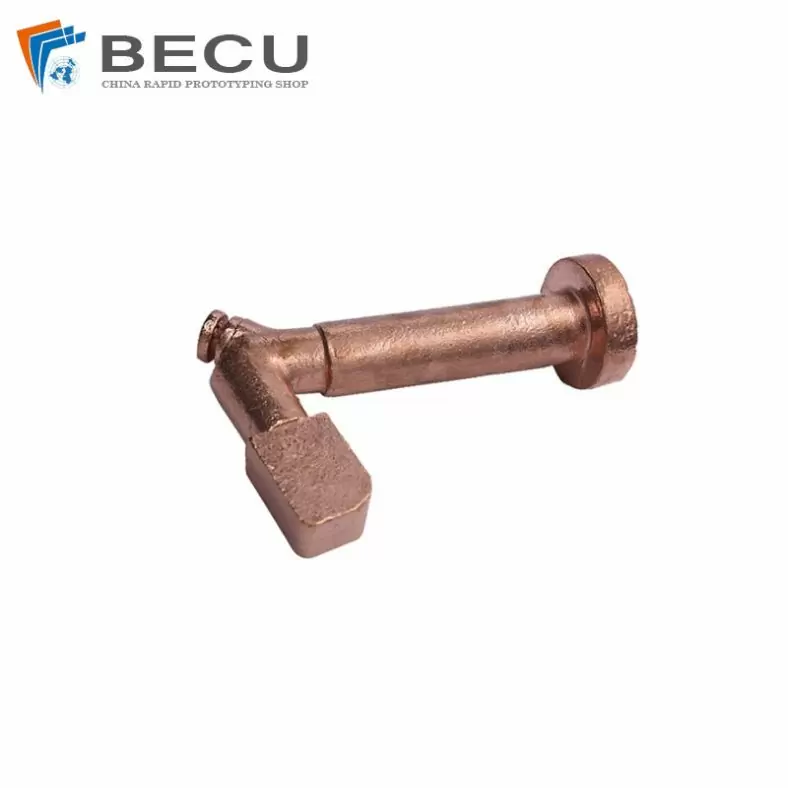
Precision Machined Copper Die Casting Parts
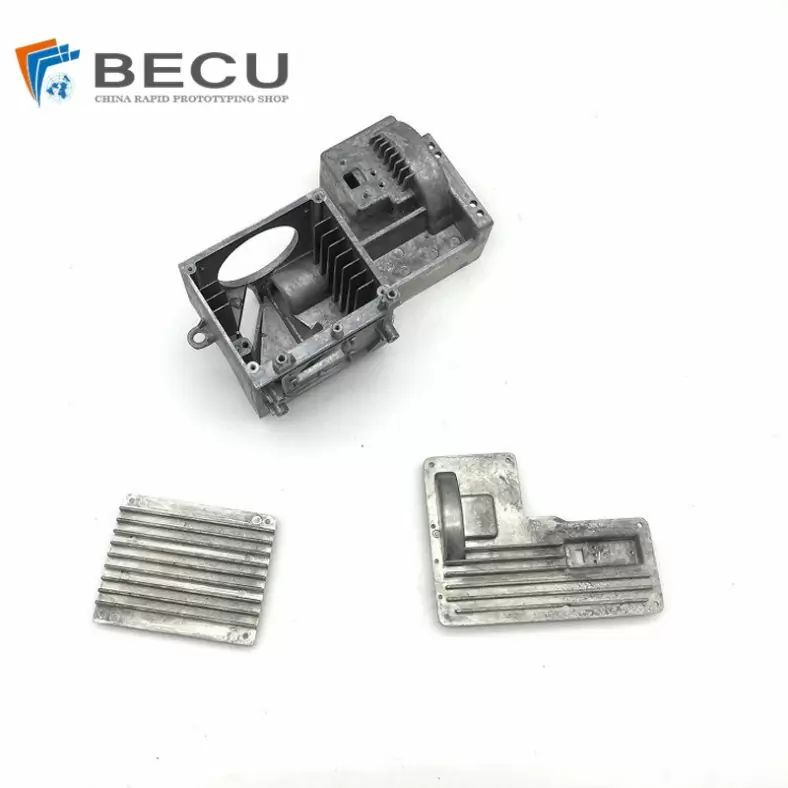
Professional Small Baler Aluminum Alloy Die-casting Mold Production
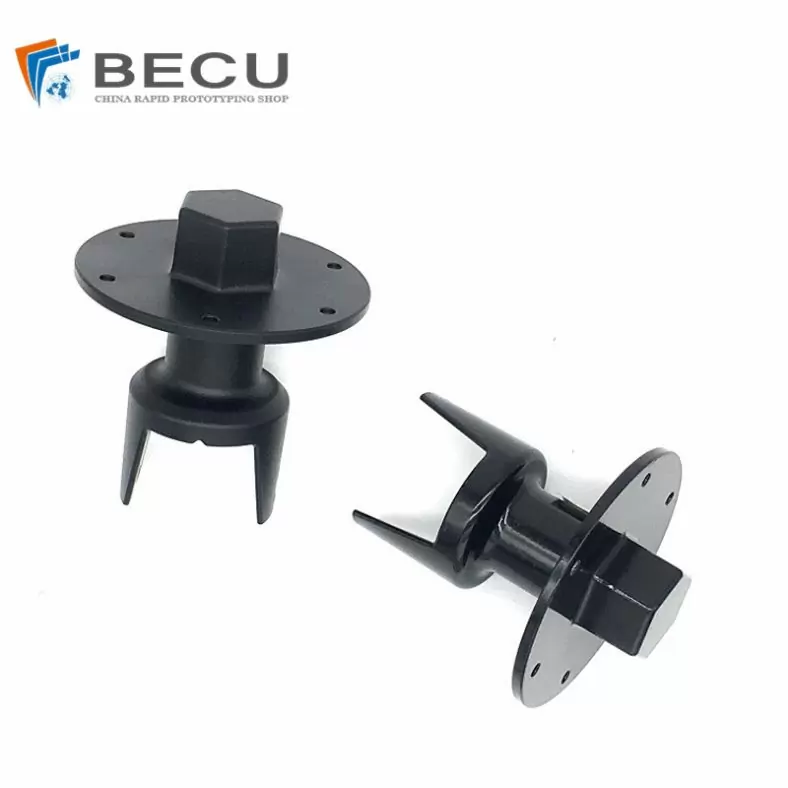
China Die Casting Factory Manufactures Surface Sprayed Aluminum Valve Body
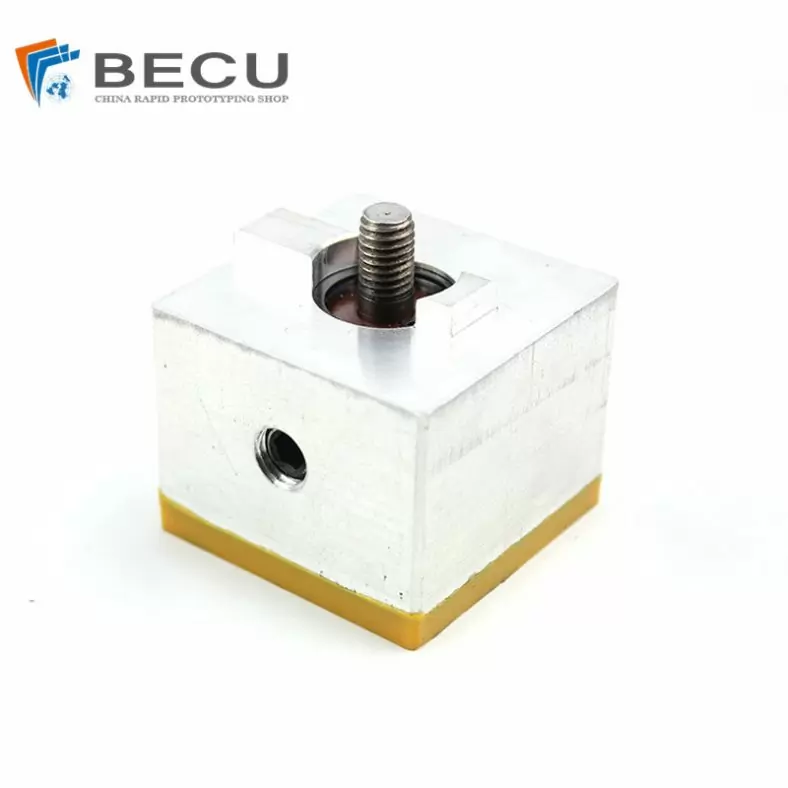
Extrusion Die-casting Polyurethane-Coated Aluminum Alloy Profiles

Custom Precision Aluminum Die Cast Brackets and Finishes
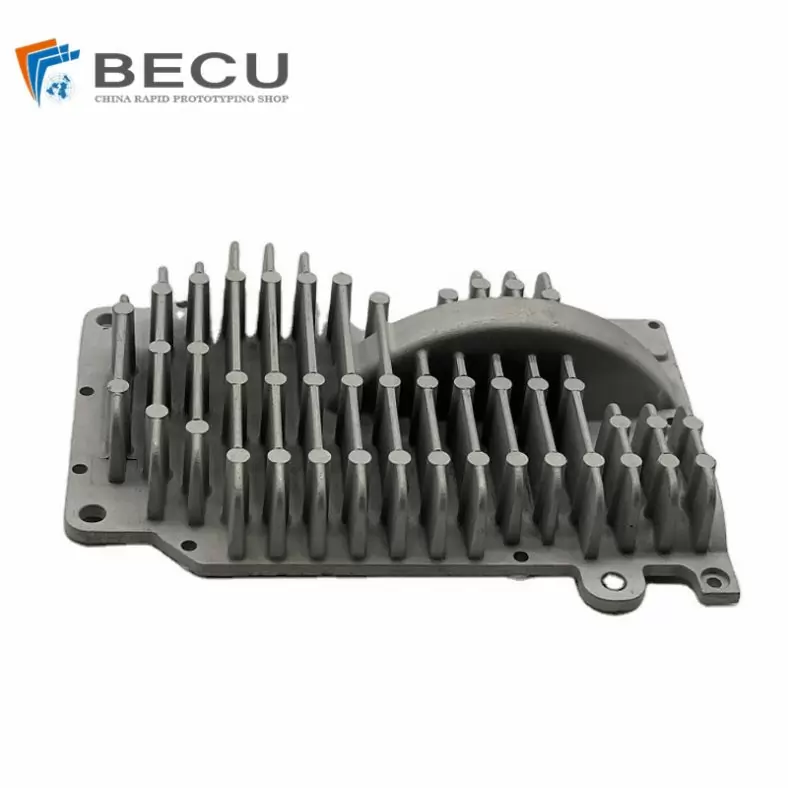
Extrusion Die-casting Magnesium Alloy Heat Sink Shell
